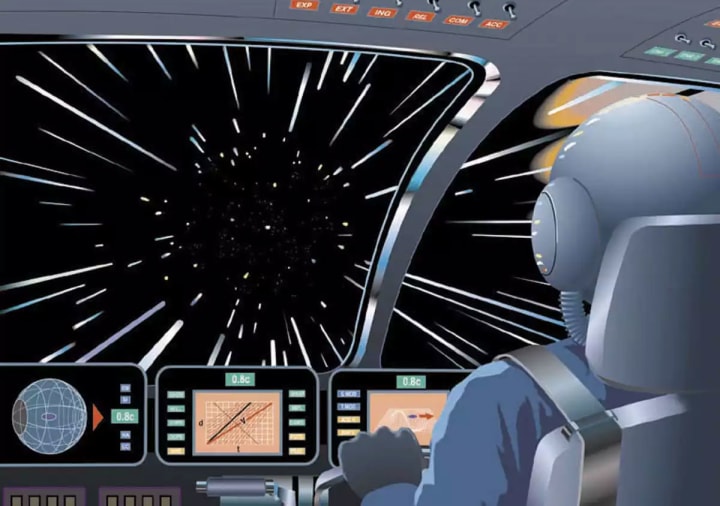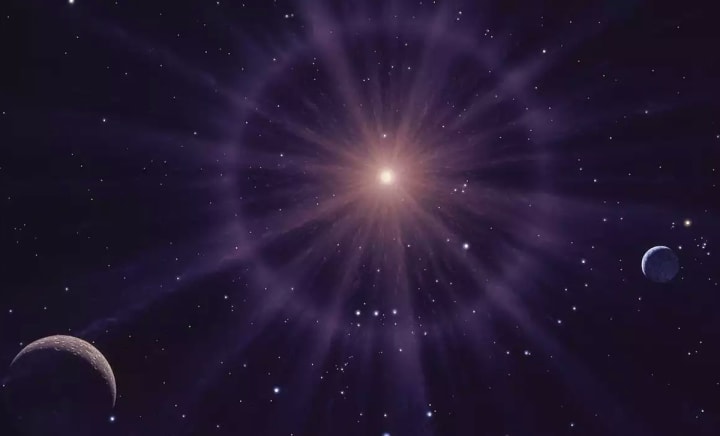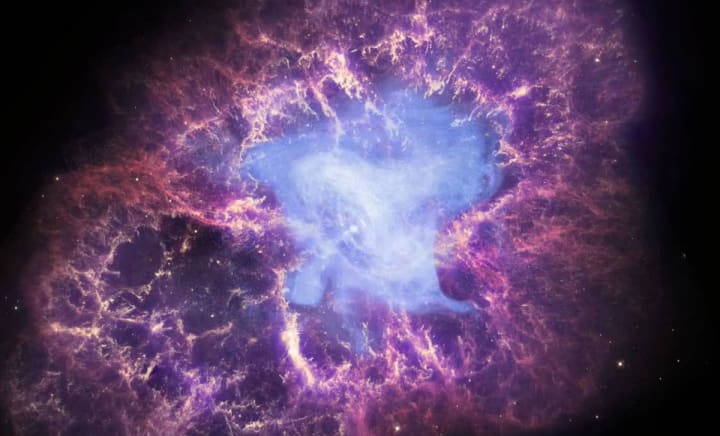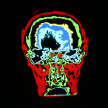Time Traveling Through a Lens
Physically moving through time to the past might be impossible, but for centuries the past has been right there staring back at us through the telescope lens.

I would hesitate to claim that anything is impossible—or rather virtually impossible. The White Queen in Through the Looking Glass made a regular morning habit of believing at least six impossible things before breakfast. In my personal view, however, there is one thing that simply cannot be done traveling backward in time. I have absolutely no faith that we might be able to transport ourselves back to the Crusades, the Ice Age, or even earlier I do not doubt that Einstein's relativistic time-dilation effect is valid; but that is a different thing.
If I am right, and traveling back through time is a genuine impossibility can we ever hope to obtain firsthand information from the past? Oddly enough, we can, simply by looking up at the stars.
Speed of Light

Light, remember, is the fastest thing in the universe, racing along at 300,000 kilometers per second. Even so, it takes over one second for light to reach us from the moon, eight and one-half minutes from the Sun, several hours from the more remote planets, and years from any of the stars. The astronomical light-year—the distance traveled by light in one year—is not far short of six million million miles. Yet our nearest star (excluding the sun) is more than four light-years away.
Traveling Through the Stars

This is where we start our time traveling. When you look at the sun, you see it as it was eight and one-half minutes ago. This is not especially significant; but look at the closest of the "nighttime" stars, the dim southern red dwarf Proxima Centauri, and you see it as it was in 1975. During the four years that have elapsed since then, Proxima's light has been racing across space toward us.
Next, let us take a great number of points and assume that we can be in the position of an observer who can move instantaneously among them. Imagine that he has stationed himself on a planet moving round Proxima and turned an incredibly powerful telescope earthward. He will see us not as we are now, but in our 1975 guise.

If our observer were near Arcturus, that bright orange star found in the Big Dipper, he would be thirty-six light-years from Earth. Our observer will see the earth of 1943, when Hitler's armies were rampaging over Europe and the war between the Allies and Japan was at its height.
Arcturus, of course, is close, by cosmic standards. Look next at Orion, that glorious constellation cut by the celestial equator. Of its leading stars, Betelgeuse is 520 light-years away; Rigel, about 900 light-years. Moving out to Betelgeuse, our observer will see the earth of the year 1459, well before Columbus set out to locate India and stumbled upon the New World by mistake. From Rigel, the traveler will see the world of 1079 or thereabouts. William the Conqueror was in control of England, and America was utterly unknown except, perhaps, to a few stray Vikings.

Not far from the obscure star Zeta Tauri there is a misty patch that we call the Crab Nebula. This is the wreck of a supernova–a star that literally blew itself to pieces in a cataclysmic explosion. The Crab Nebula was first observed in 1054 and became brilliant enough to be visible with the naked eye in broad daylight before fading away. But the outburst did not occur in 1054: The Crab Nebula is 6,000 light-years away, so that the supernova blew up 6,000 years before earthmen saw it. This takes us back to the very early days of civilization, when all the facets of the modern age, such as nuclear bombs, lay in the distant future.

Our Milky Way galaxy is, of course, but one of many. Among the closest of the external systems is the great Andromeda Spiral, Messier 3: distance 2,200,000 light-years. Seen from there, the earth is in the Pleistocene Age. From one of the galaxies in the Virgo cluster (over 60,000,000 light-years away), we are back in the Eocene Period, when our ancestors bounded among the trees.
Fantasy? Yes, of course. We cannot conceive of instantaneous travel, and the idea of building a magical telescope of such power is pure science fiction. Yet in theory at least, this is what we would see. It goes to show that even if we cannot voyage between the stars, we can undertake some personal time travel without setting a foot outside our own gardens.
About the Creator
Futurism Staff
A team of space cadets making the most out of their time trapped on Earth. Help.






Comments
There are no comments for this story
Be the first to respond and start the conversation.